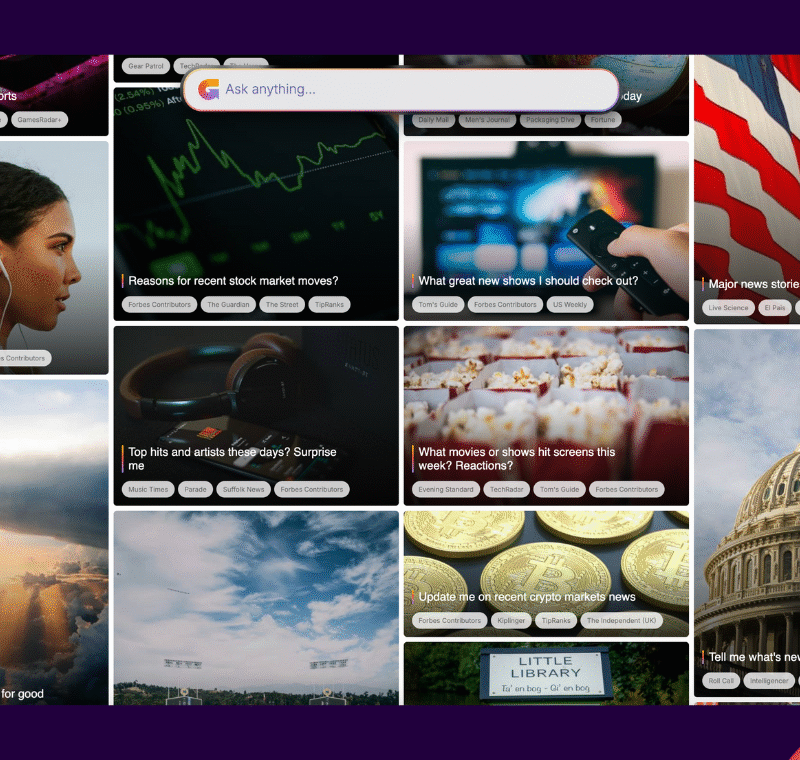Why ABC does not represent the A to Z of the magazine media story
At the outset, before you think this is a piece in defence of print from a lover of print, I should in fact confess to a love of the Internet (starting out way back in the 1990s!) for a myriad of reasons, but including:
- It’s immediacy (it’s – well, almost – always there, when you need it!)
- It’s intelligence with data underpinning decision-making
- It’s network effects, and ability to bring everyone into play
- It’s flexibility, allowing you to do almost anything you set your mind to
Some might say this love of the Internet is juxtaposed with my position working at FIPP, which is after all the worldwide “magazine media” association. It is not, not in terms of how we work within FIPP and not in terms of what is happening with the majority of our members’ businesses worldwide.
But to several of those ABC commentators, magazines = print, print is dying and therefore a whole industry is in its dying throes.
Leaving aside that there are some print brands showing strong resilience, even growth, what is so disappointing is that some do not realise, or cannot be bothered to explain, that print is but part of what is an ongoing, developing industry story (a journey).
Of course ABCs is a good measurement tool for an important segment of the industry, but not for the overall vitality of an industry.
I wrote about it last year following the launch of the MPA’s Magazine Media 360º brand audience report in the US. And I thought about it again this morning when Nuzzel drew my attention to this piece on Campaign Live, where Mark Jones, associate director of the publishing team at Carat, writes:
“While the magazine ABC numbers represent one element of the brand, we shouldn’t lose sight of their absolute reach and why we use the channel in the first instance. It is right to say that ABC figures continue to reflect the health of magazines’ printed issues, and in some instances digital editions, yet the parent print brands now anchor a multitude of brand extensions.”
That last sentence is gold, and brings me to the FIPP World Congress (13-15 October in Toronto, Canada) and a promotional email we will be sending out on Monday 17 August (bear with me here).
In it, we ask the question, “So what is a ‘magazine’ (media company) today, anyway?
I have had the privilege to work on the Congress programme for the better part of the past year, have had conversations with a wide range of potential speakers around the world (not only in magazine media) and have attended a variety of events – our own and others to shape my thoughts on the future of what is in a nutshell “a content-driven” industry.
From this vantage point, I truly believe reality is far removed from the dire picture some would have us believe.
At the Congress, the audience will for example hear from Duncan Edwards at Hearst Magazines International in the US how they now boast more than 300 million monthly unique users across their properties (that was in Q1 2015, it’s now probably more).
Delegates will hear from Gerrit Klein and Dominik Grau of Ebner Media Group in Germany how they have transformed a luxury watches magazine (and other brands) into a mobile first-operation, with stunning results.
They will hear from people such as Joe Ripp of Time Inc. in the US, Tsuguhiko Kadokawa of Kadokawa Corporation in Japan, and Kevin Costello of Haymarket Media Group in the UK how their “magazine” companies have been, and are being, transformed.
They will not only hear people talk frankly about challenges and pressures, which are very real, but also about opportunities for the taking. They will hear about new initiatives, from a product, service and revenue side – across a variety of platforms.
They will hear from pureplays such as Business Insider, Huffington Post and Politico on why they see value in partnering with “legacy” media companies as part of their internationalisation strategies.
They will hear about successes with social media, video, events, e-commerce in Brazil, in China, in the UK, in the US and elsewhere. And they will hear about multiplatform storytelling, e-learning initiatives and data-driven decisions.
They will hear from what will be close to 80 speakers, from at least 19 countries around the world. They will have two days with close to 50 sessions. And they will have time to get up close and personal with executives from around the world to discuss what they have heard.
They will walk away with a much more realistic “feel” of what “magazines” are all about today. And they will know that ABCs alone is not enough for the magazine media story that needs to get told.
I’ll end with words from our Congress promotion of Monday, in answer to the question “what constitutes a magazine media company today?
Come find out at the FIPP World Congress
Perceptions matter, but reality is so much better.
For there is more than A, B and C in a journey spanning A to Z.









